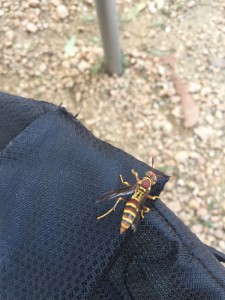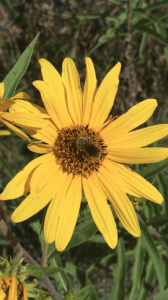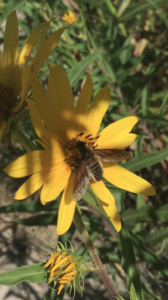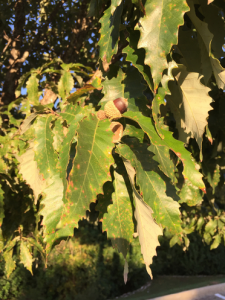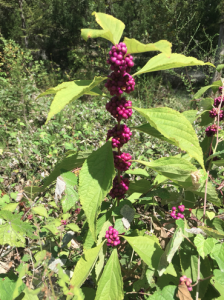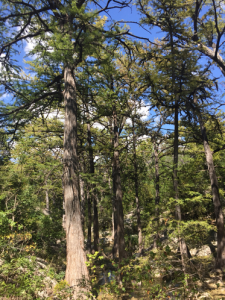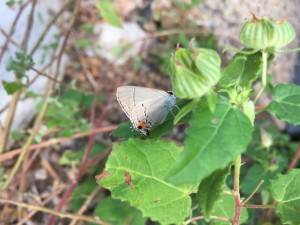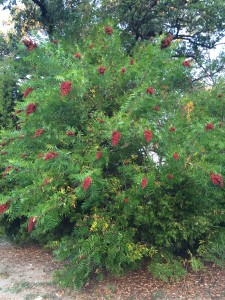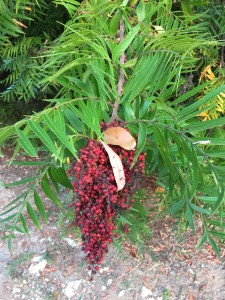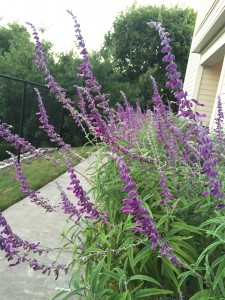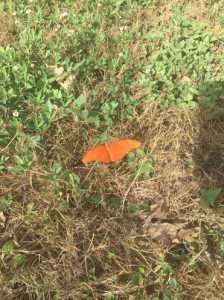 Dryas iulia, commonly called the Julia Butterfly or Julia Heliconian, flew past me while I was walking to my car last week on campus. Its dazzling orange color and swift, yet irregular flight pattern drew my attention immediately. Only when it finally landed on a plant was I able to capture a non-blurry picture. Julia butterflies can be found in the southern US but are native to Brazil and are distributed everywhere in between. The females of this species typically have more black on their wings while males are much brighter orange, which makes me think this is a male. Julia butterflies are long-winged, brush-footed butterflies with high fecundity rates and a unique proboscis that allows them to feed on pollen. They are able to get amino acids from the pollen that they cannot get from nectar. Because of this specialization, they often live longer than many other butterflies. This trait makes them very suitable for butterfly farming or gardening.
Dryas iulia, commonly called the Julia Butterfly or Julia Heliconian, flew past me while I was walking to my car last week on campus. Its dazzling orange color and swift, yet irregular flight pattern drew my attention immediately. Only when it finally landed on a plant was I able to capture a non-blurry picture. Julia butterflies can be found in the southern US but are native to Brazil and are distributed everywhere in between. The females of this species typically have more black on their wings while males are much brighter orange, which makes me think this is a male. Julia butterflies are long-winged, brush-footed butterflies with high fecundity rates and a unique proboscis that allows them to feed on pollen. They are able to get amino acids from the pollen that they cannot get from nectar. Because of this specialization, they often live longer than many other butterflies. This trait makes them very suitable for butterfly farming or gardening.
You can find my iNaturalist post here.
References
http://www.gardenswithwings.com/butterfly/Julia%20Heliconian/index.html
